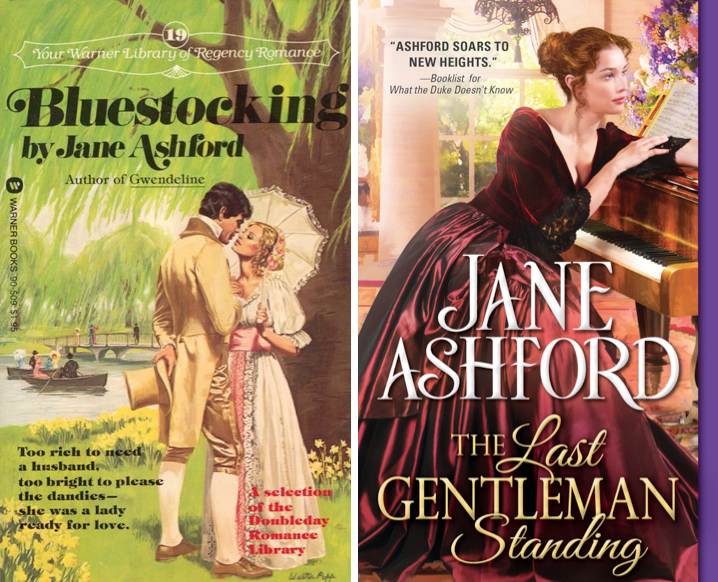This article by Jess Zafarris originally appeared in the August 21, 2019 edition of the publishing insider newsletter The Hot Sheet, which is curated and edited by Jane Friedman. Learn more about The Hot Sheet and subscribe here.
Coming up on its 40th year in 2020, the Romance Writers of America (RWA) conference provides education for authors on the craft and business of succeeding in a genre that is highly competitive—and also leads the charge (and the market) in terms of self-publishing success. At the 2019 conference in late July, we attended The Power of Positioning, a workshop by Sourcebooks editorial director Deb Werksman, which provided strategies for framing an author career in a way that commands attention, builds audiences, and drives sales.
Amid the robust programming for self-published and indie authors in the conference’s Career Track, this session stood out as one that leveraged the perspective and experience of a traditional publisher but remained pertinent to all paths.
Sourcebooks, the largest woman-owned publishing house in the US, publishes about 400 new titles per year, about one-third to one-half of which are fiction, including six to eight romances each month. Its selection, design, and positioning processes are based on a data- and trend-centric model that aims to get books in front of the readers most likely to buy them.
Werksman started the talk with an overview of the industry and consumer data that informs book and author positioning at Sourcebooks—and therefore everything else about the book as well, including packaging, titling and tagline, metadata, and the author’s brand and marketing.
The largest percentage of new book discovery happens through stores and recommendations by other readers, according to Werksman, who cited data from NPD’s RWA-sponsored romance reader survey from 2017–2018. Nearly 60 percent of book sales are impulse purchases, and such purchases happen in brick-and-mortar stores. Readers of romance especially are “voracious and author-loyal,” and therefore inclined to read and purchase full book series, says Werksman.
The “book message” is the primary factor in what makes a consumer choose a book, Werksman says. The book’s message is built by its hook, title, design, and shelving placement. Subgenres within romance greatly influence shelving placement, so targeting the correct subgenres with the hook can improve sales. While Werksman suggested positioning as part of the pitching process, she expanded upon it with examples of Sourcebooks’ own series positioning—a takeaway applicable for indie authors who seek to maximize their books’ impact. Notable mentions: The Legend of All Wolves series by Maria Vale, described as “werewolf/paranormal romance with fantasy-level world-building,” and the upcoming Big Easy Bounty Hunters series by Sue Ward Drake, positioned as “a gripping romantic suspense series set in New Orleans with a military theme.”
Sometimes the initial positioning doesn’t work as intended, so a pivot is required to meet industry trends, reader interests, and store categories. Werksman described several examples in which Sourcebooks pivoted before a book launch—and some in which they did so well after a book’s publication.
A key case study: The Tourist Attraction by Sarah Morgenthaler, initially titled The Tourist Trap, a romantic comedy set in Alaska with strong character chemistry and bawdy jokes. Responding to an increase in trade paperbacks in the romance genre (especially comedic romance) and the successes of comedy romances like Kimmery Martin’s Queen of Hearts and Helen Hoang’s The Kiss Quotient, Sourcebooks shifted Tourist from mass market to trade paperback, swapped the more romance-evocative wording into the title, and shifted the cover toward brighter, lighter colors and a trendier treatment. When considering a pivot, Sourcebooks editors fill out a positioning questionnaire to determine target audience, titling, audience appeal, key tropes, key selling points, and unique value propositions.
Sourcebooks has also been giving a facelift to older romance. Werksman cited the 1980 book Bluestocking, one of many in the prolific 20-year career of Regency romance author Jane Ashford. “The story itself is timeless, but the title was dated and not likely to appeal in today’s marketplace,” Werksman said. It was retitled The Last Gentleman Standing and re-issued with a new cover in 2017, resulting in strong sales as a new book.

Bottom line: To get the attention of publishers, readers, reviewers, and booksellers in the crowded romance market, Werksman suggests that publishers and authors—especially those pursuing traditional publishing—be prepared to do what it takes to position books in front of the right readers and generate the emotions that get them to pick it up and make a purchase, even if that means pivoting to adjust a book’s title, hook, or cover to meet market trends.
If you need a collaborator to develop or reposition your novel, tell us about your idea below. We’ll pair you with a ghostwriter, co-author, book doctor, or editor who can help you execute the best version of your vision.
Author
-
An award-winning innovator of digital content and marketing solutions and a prolific online and print journalist, Jess Zafarris is the Executive Director, Marketing & Communications for Gotham Ghostwriters. Previously, she served as Digital Content Director and Director for Writer’s Digest and ScriptMag. Her eight years of prior experience in digital and print content direction and marketing include such roles as editor-in-chief of HOW Design magazine and online content director of HOW and PRINT magazine, as well as writing for the Denver Business Journal, ABC News, and the Memphis Commercial Appeal. She spends much of her spare time researching curious word histories and writing about them at UselessEtymology.com. Follow her at @jesszafarris or @uselessety on Twitter.
View all posts
